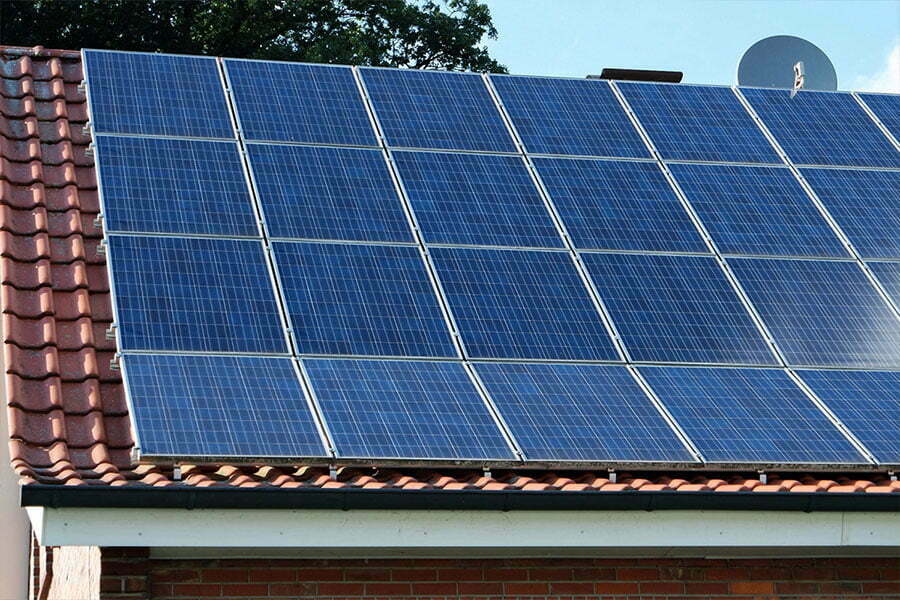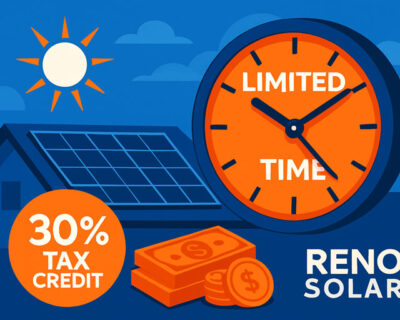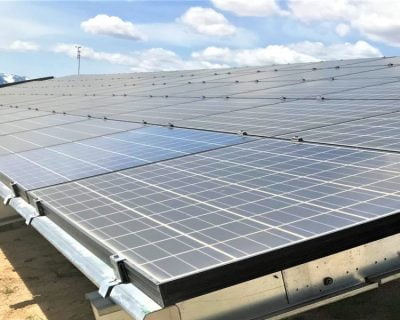News

What makes a good roof for solar?
There are many factors to an “ideal” roof; condition, size, pitch, direction, materials, obstructions, stability, strength, climate, sun exposure, the trees in your yard, and so much more. Sometimes even your neighbor’s house can hinder the production of solar panels for your home. Our engineer’s software can help determine all the factors that will play into your home’s solar aptitude. However, the very best way to determine how suitable your roof is for solar is to have a solar expert look at your roof and conduct a site-survey. Though, don’t fear, if your roof isn’t suitable for solar, a classic ground mount option may be a more viable option!
So, how do you know if your roof is a good fit for solar panels? The good news is that most roofs are compatible with solar, even if they don’t meet every “ideal” qualification.
Condition, stability, and strength: This typically goes hand in hand with the age of the roof. Sometimes a roof needs to be replaced before it’s suitable for solar. Fortunately, most homeowners know this ahead of time, and they’re combining the two bills to save even more money on both! A surveyor will review the roof’s construction and the quality of its materials to determine the strength and stability prior to installation.
Size, pitch, and direction: You’ll want to make sure that your roof has enough surface area to accommodate the right amount of solar panels you will need and that the pitch and direction your roof faces will capture the sunlight adequately. Ideally, a south-facing roof, at a 30-degree angle is best. Not all architects design a home around the idea of solar being installed, so there are ways to work around this, and will be confirmed and finalized before moving forward with your project.
Obstructions can also play a role in your roof’s ability to effectively handle solar production. Pipes, chimneys, skylights, solar tubes, and so much more factor into your roof’s usable surface area.
Materials:
- Asphalt shingles: The most common roofing material.These are easy to install solar on with a simple penetrating mount.
- Tile roof: As the second most common roofing material, solar panels can be installed on tile roofs with a standard penetrating mount that raises them above the roof. Attaching solar panels to a tile roof can require some extra labor since tiles may need to be cut or removed to make way for the mounts.
- Metal roof (with a standing seam): Metal roofs are great, as the panels can be attached with clamps and require no drilling.
- Wood and slate roofs: Not typically ideal for solar installations as roofing materials are brittle, as well as posing a potential fire hazard.
- Flat roof: On flat roofs, either a ballasted racking or standard penetrating mount can be used to install solar panels, with the addition of tilt-up brackets, which are used to keep solar panels at a 30-degree angle.
Climate and sun exposure: Solar panels produce less in overcast conditions, however, the savings by switching to solar, compared to the electricity rates can still be a huge benefit of making the switch. The amount of shade around your roof can also impact the effectiveness of solar panels. In some cases, shade cannot be altered. For example, if your house is shaded by other buildings, there’s not much you can do about this. If your roof receives minimal sunlight, then solar panels may not be a great option for you. It’s best to consult with an expert as to the exposure your roof has before you rule out your ability to go solar.
If you don’t feel your roof is suitable for solar, it’s recommended to schedule a site survey for your home, where an expert can help you determine the best option for solar. If they determine that your roof would make solar inefficient, then ask if a ground mount option is right for you!
So, you have the right roof, but you may be asking yourself, what if I need to replace my roof down the line? Easy! The panels will be detached and reset for a small service charge if you decide to change or replace your roof at any point.





